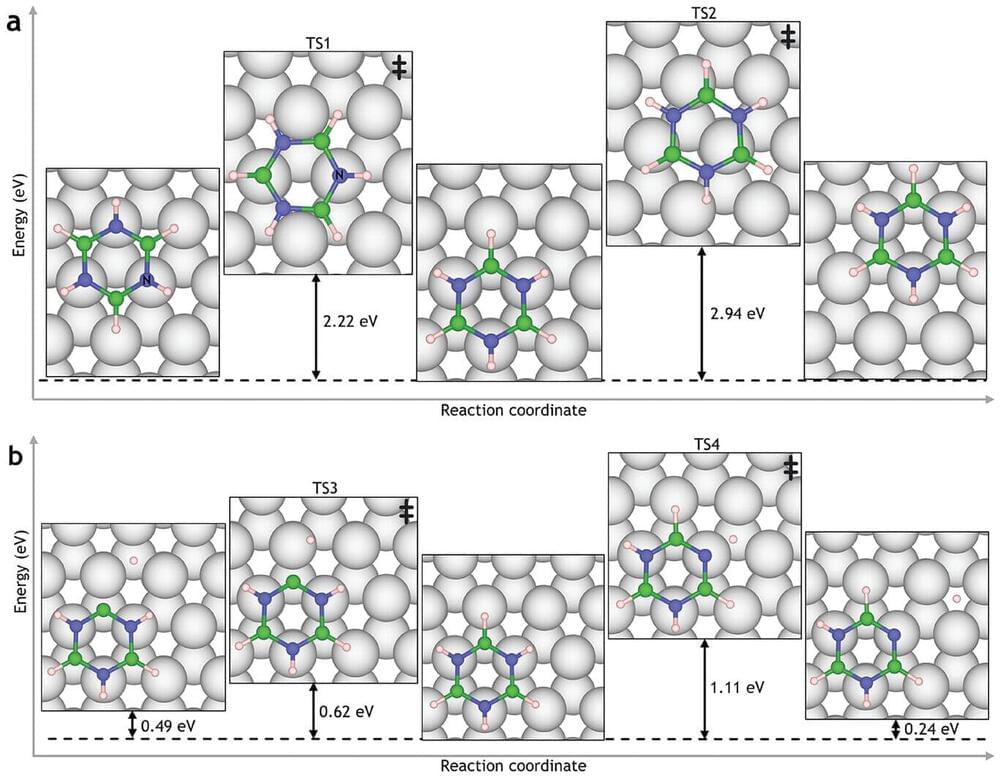A breakthrough in decoding the growth process of hexagonal boron nitride (hBN), a 2D material, and its nanostructures on metal substrates could pave the way for more efficient electronics, cleaner energy solutions and greener chemical manufacturing, according to new research from the University of Surrey published in the journal Small.
Only one atom thick, hBN—often nicknamed “white graphene”—is an ultra-thin, super-resilient material that blocks electrical currents, withstands extreme temperatures and resists chemical damage. Its unique versatility makes it an invaluable component in advanced electronics, where it can protect delicate microchips and enable the development of faster, more efficient transistors.
Going a step further, researchers have also demonstrated the formation of nanoporous hBN, a novel material with structured voids that allows for selective absorption, advanced catalysis and enhanced functionality, vastly expanding its potential environmental applications. This includes sensing and filtering pollutants—as well as enhancing advanced energy systems, including hydrogen storage and electrochemical catalysts for fuel cells.
